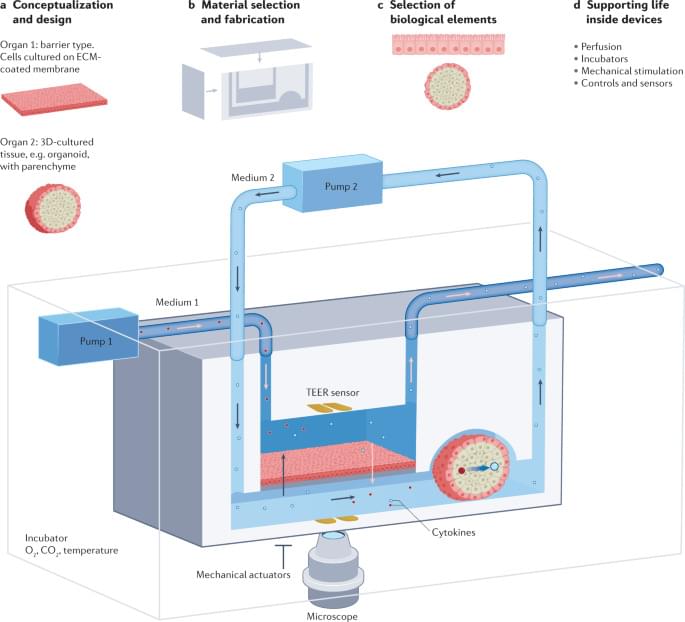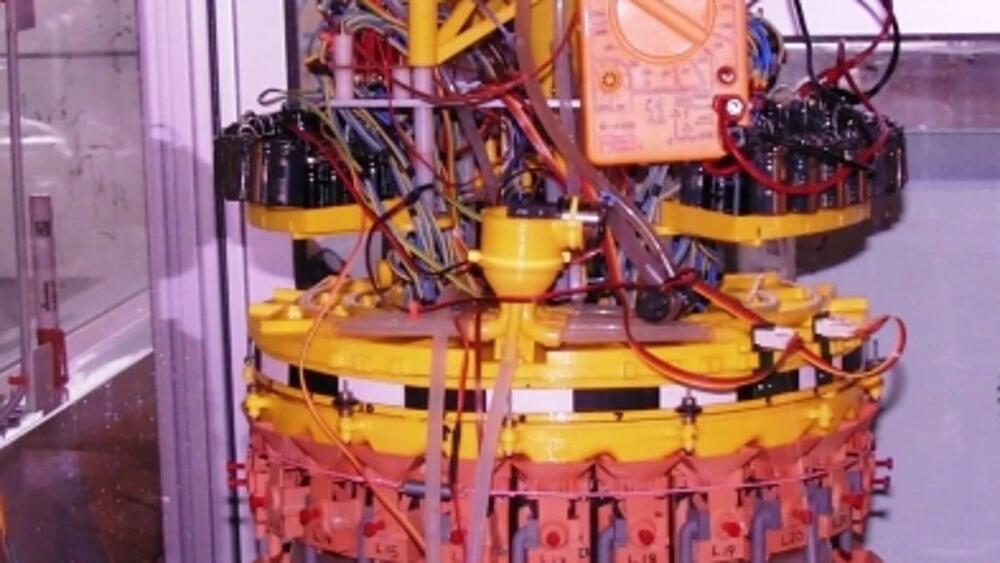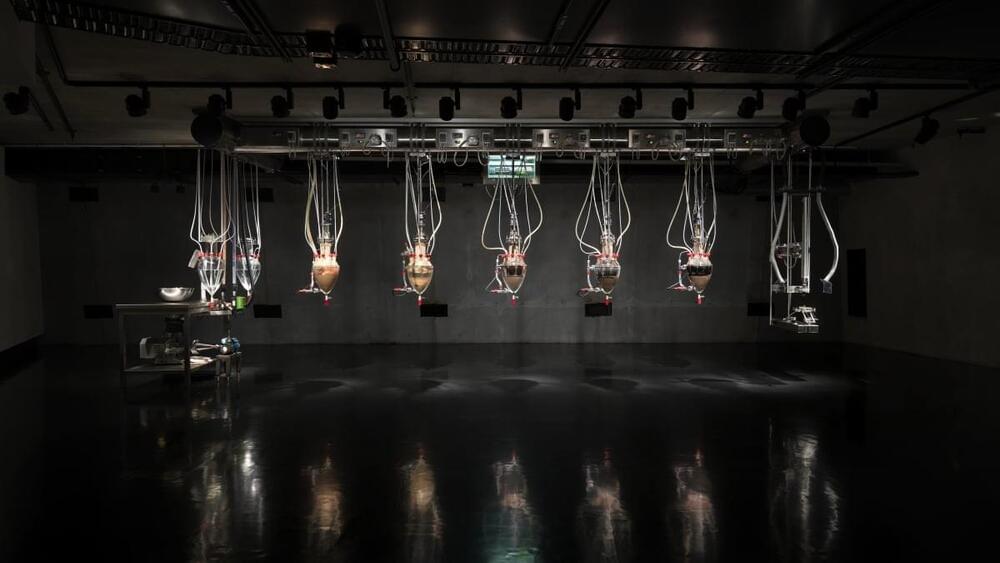Passengers of Singapore Airlines can now stay connected to free internet at an altitude of 12,000 meters.
In simpler times, during a flight journey, one could switch off the cellular, read a good or a bad book, enjoy a glass of questionable wine, watch a movie in a different language using the in-flight entertainment system, or simply nod off. Or one could even dare to converse with a fellow passenger (gasp).
And now, more and more airlines have… More.
FreshSplash/iStock.
But we live in a digitally demanding age, and while it would be convenient for many to stay connected to the world outside of the airplane, up until about five years ago, flying meant going off the grid (sort of), even if for a couple of hours.







